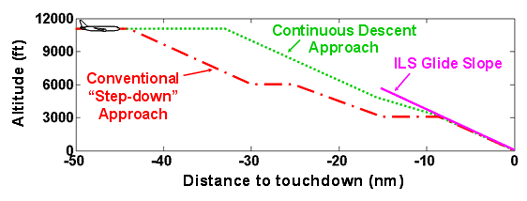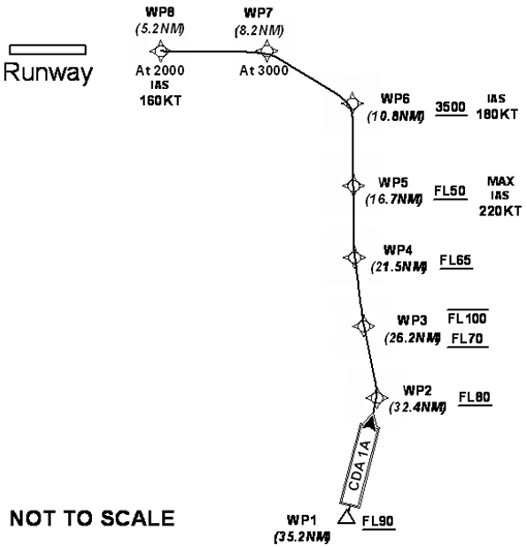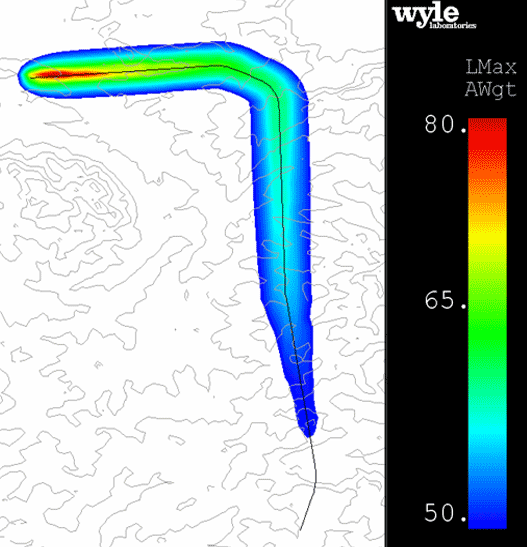A variety of techniques can be employed to reduce the noise impacts of aircraft as they approach an airport, including:
One effective technique is called Continuous Descent Approach (CDA). This technique keeps aircraft higher and at lower thrust for longer by eliminating the level segments in conventional “step down” approaches.

Significant noise, fuel burn and emissions benefits can result, but there can be potential impacts on air traffic control & flight crew procedures.
In order to investigate the potential benefits and challenges with advanced CDAs in the operational system, the SAI Operations team has been coordinating a flight trials programme involving a large number of KIC partners from airports, air traffic control, regulators, operators, and suppliers.
A set of advanced CDA procedures were developed for a regional UK airport which also incorporated other low noise “best practice” techniques of Precision Area Navigation (allowing the procedure to be programmed into the aircraft Flight Management System to optimise the approach path) and Low Power/Low Drag (to keep the aircraft in a clean aerodynamic configuration)
The procedures comprise a set of waypoints with:

Flight trials of the procedures have been ongoing with a variety of aircraft types.
Initial results show promising reductions of noise, fuel burn and emissions, and also indications of areas where further improvements could be sought.
Further details will be released shortly.
